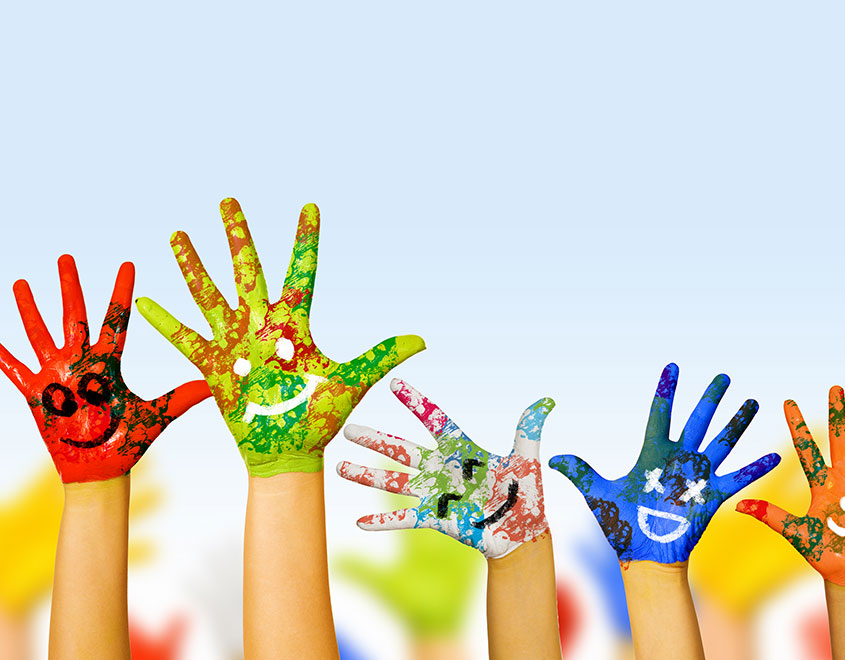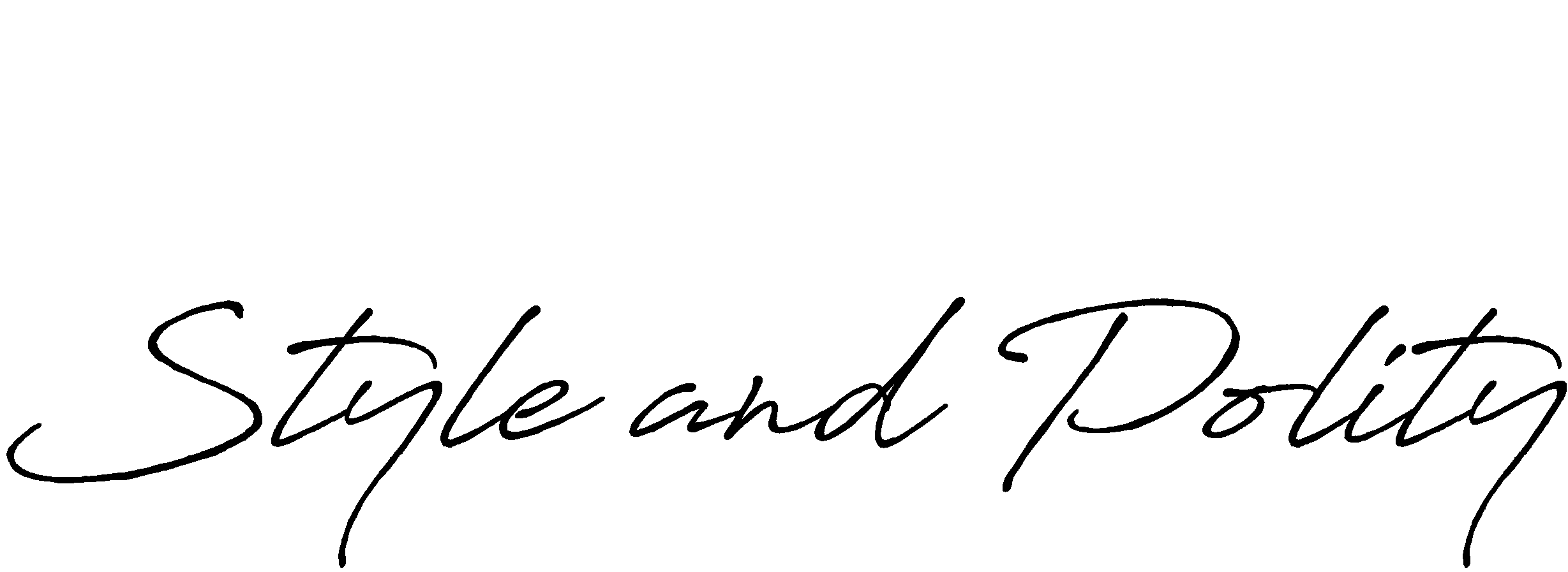
In India, the Slam Out Loud program connects teachers and artists in classrooms for storytelling, theater, and visual arts that bolster children’s socio-emotional learning. In the United States, Carnegie Hall partners with more than 115 orchestras across the country to teach children to sing and play instruments, culminating in an orchestral performance. Nonprofits like these are providing opportunities across the world in the face of reduced funding and support for arts education in public school systems.
In a new report, an NYU researcher offers a global audit of successful arts education models, and strategies for integrating quality arts programs in schools, including offering arts experiences to community members, partnering with local artists and institutions for programming, and advocating for the importance of artistic skills in advancing the global economy.
“The arts are vital for children’s development, wellbeing, and creative and critical thinking, the kinds of skills we need now more than ever amid rising conflict, polarization, and growing threats to education,” says Heddy Lahmann, the report’s author and clinical assistant professor of international education at NYU Steinhardt. “This report is a blueprint for policymakers, educators, donors, and advocates who believe that arts belong at the heart of public education.”
Commissioned by the Community Arts Lab/Porticus and Community Arts Network, Lahmann’s report—From Margins to Masterpieces: Charting Pathways to Strengthen Arts in Global Public Education—draws on survey and interview data from artists, educators, policymakers, and advocates in 55 countries to highlight barriers for arts education, opportunities to establish and strengthen arts programming, global advocacy efforts, and successful national models facilitated by governments or nonprofit organizations.
Key Findings:
- The devaluation of arts education in public schools is driven by a multitude of factors, including limited funding and government support, prioritization of STEM courses, and perceptions of the arts as a “luxury.”
- Strategies are necessary to cultivate demand at the local level, establish partnerships at the regional level, and foster research networks on a global level.
- Growing recognition of creativity as a fundamental learning outcome, of cultural industries as drivers of economic growth, and of links between arts and health is opening new pathways for arts education advocacy.
- Successful models of arts education across the world are characterized by strong partnerships between governing bodies and arts nonprofits that expand and enrich school programming and training for teachers.
“Our goal, in commissioning this research, was to build the most updated and well-informed case for the arts in public education systems, given how detrimental the decline of arts education in public classrooms is to the future of our children, societies, and the arts,” says Samar Bandak, managing director, co-lead of the Community Arts Network.
To address the barriers to arts education, Lahmann identifies opportunities to demonstrate the value of arts and create pathways for programming in schools. At the local level, schools have found success engaging students, parents, local leaders, and policymakers through performances and hands-on creative experiences that secure buy-in and cultivate demand for arts programming. At the regional level, partnerships between schools, arts organizations, and government agencies allow for shared resources. Globally, knowledge-sharing across countries and regions contributes to existing evidence on the benefits of arts education and allows for replication of successful arts education models.
The report emphasizes the importance of global networks and identifies the United Nations Educational, Scientific and Cultural Organization as a key advocate in promoting arts education through international collaborations, influencing policy, and investing in research that positions arts as a driver of economic growth and innovation.
Lahmann provides more than 20 examples of successful initiatives supported by national governments or led by nonprofits like Slam Out Loud and Carnegie Hall, that can serve as blueprints for establishing long-term, high-quality arts education programs in underserved communities—in partnership with education systems. Factors contributing to their success include professional development for teachers, technical support for the development and implementation of curricula, and close collaborations between schools, arts organizations, and communities to support consistent funding and/or resources.
“Although arts education is the focus of this report, its findings mirror the case for art in general, providing the solid basis for an advocacy framework for championing the role of arts in society,” says Bandak.
“Strengthening arts education requires more than policy declarations, it demands concrete action: investing in teacher training, technical support, and opportunities for communities to experience the arts firsthand,” says Lahmann. “It also means investing in the partnerships that make this work possible. The most successful efforts align strategy with heart: they build partnerships, connect policy to practice, and shift mindsets.”


Leave a Reply